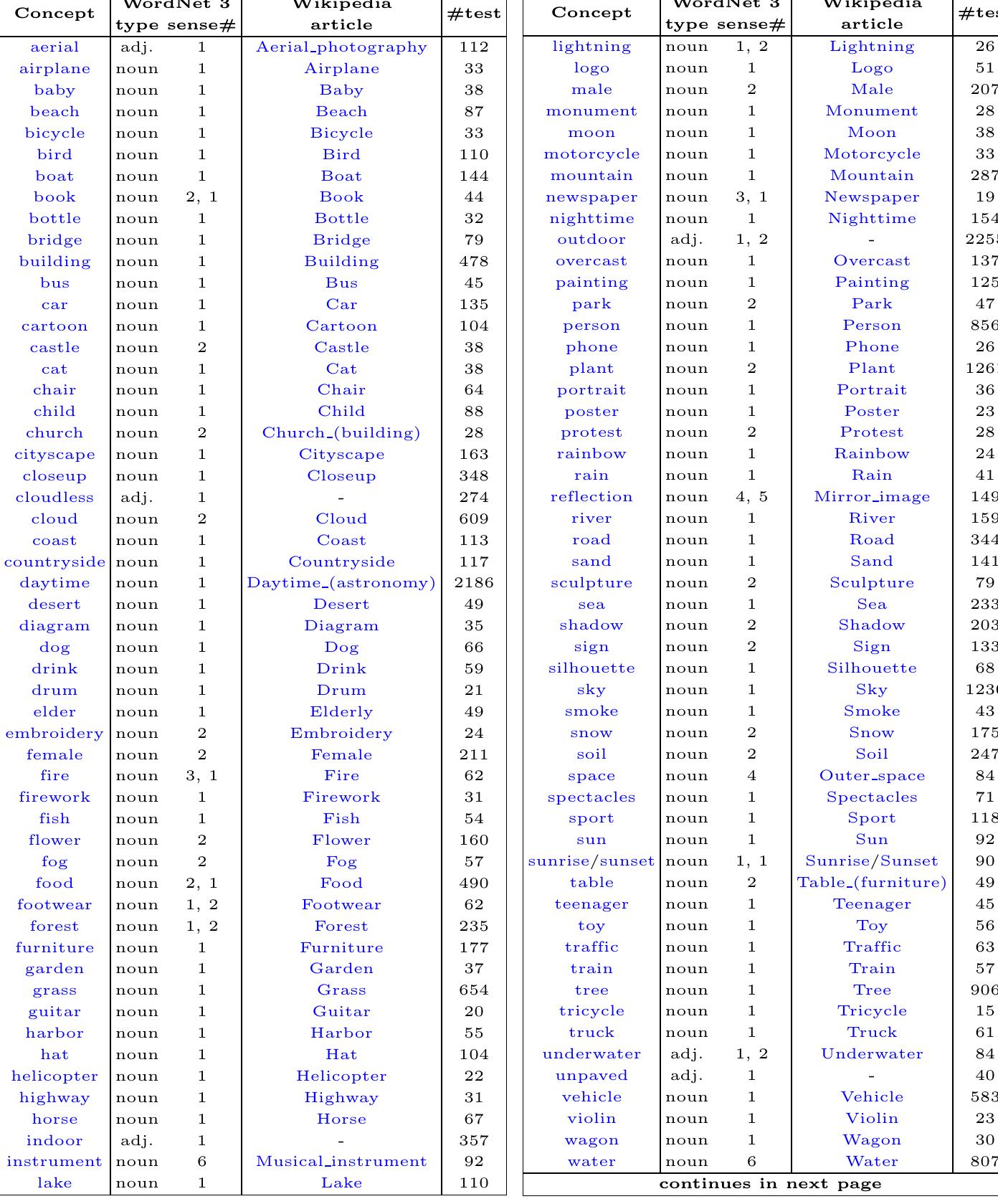Key research themes
1. How can multimodal data fusion techniques be effectively designed and selected for diverse multimedia analysis and classification tasks?
This research area focuses on understanding the various methodologies and strategies for combining multiple data modalities (e.g., audio, video, textual, sensor) to enhance accuracy and robustness in multimedia analysis and classification. It emphasizes the comparison and selection of data fusion techniques (early fusion, late fusion, hybrid methods) depending on task characteristics, modalities involved, and computational constraints. Effective multimodal fusion improves decision making in applications like event detection, image annotation, and sensor data integration.
2. What architectures and methods enable efficient and adaptive image and video fusion for enhanced visual information representation?
This theme investigates signal-level fusion methodologies and system architectures designed to precisely merge visual data from multiple sources—such as different sensors or image modalities—to form composite representations that preserve critical information while minimizing distortion. Special attention is given to multiresolution approaches, adaptive fusion within resource constraints, and implementation on specialized hardware platforms to support real-time and dynamic environmental conditions.
3. How does spatial and contextual key integration facilitate multimedia content fusion for enhanced retrieval and situational awareness?
This research area explores leveraging spatial data and contextual metadata as unifying keys to fuse heterogeneous multimedia content—text, images, video—linking them through geospatial coordinates or other physical references. By contextualizing multimedia data within spatial frameworks, such as geographic information systems or location-based metadata, these approaches aim to improve multimedia content indexing, retrieval, and situational inference, applicable in environments ranging from digital libraries to crisis monitoring.








